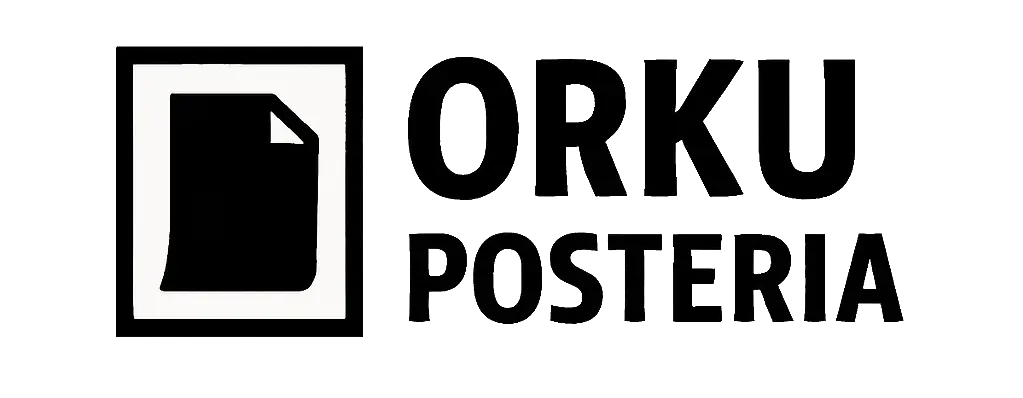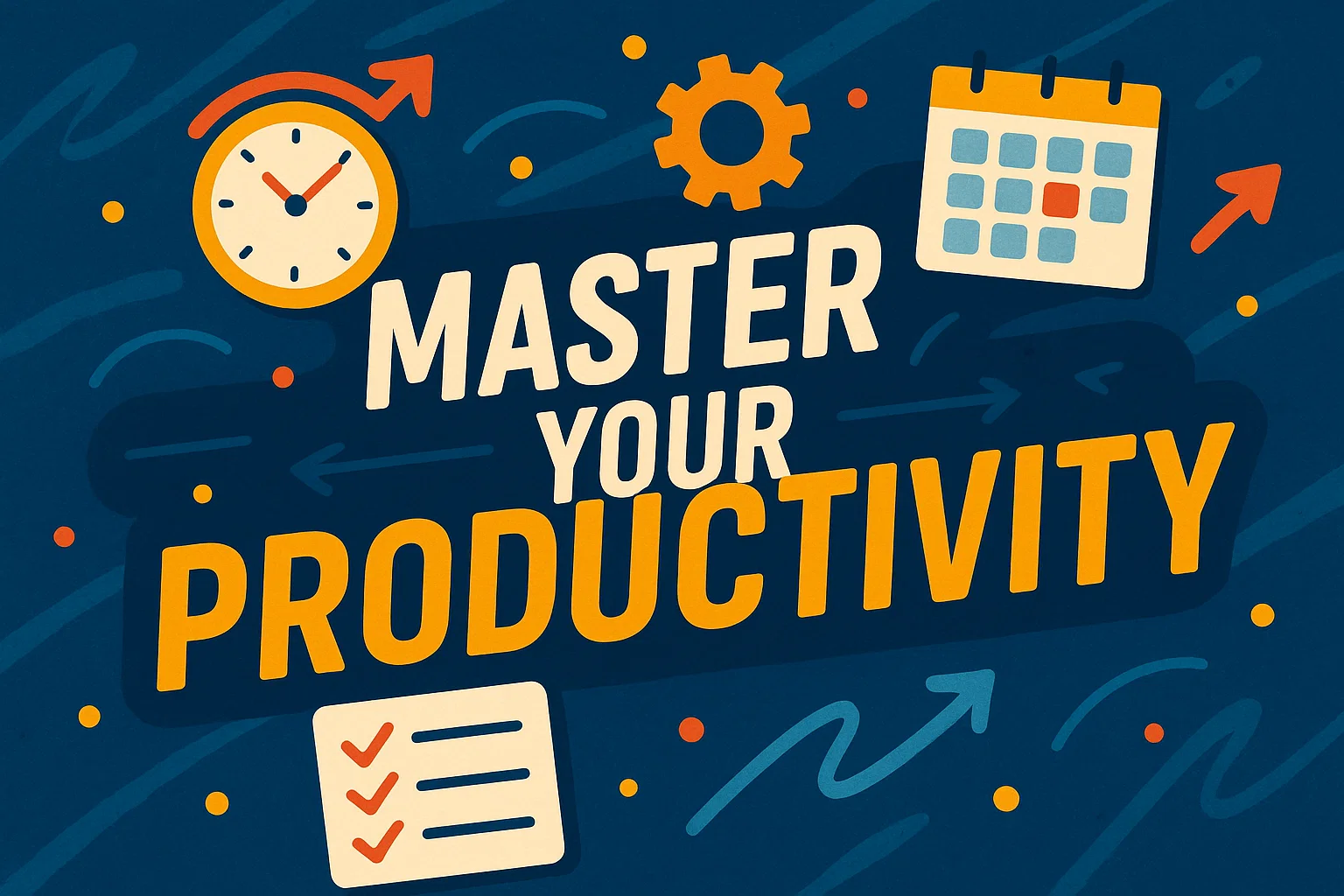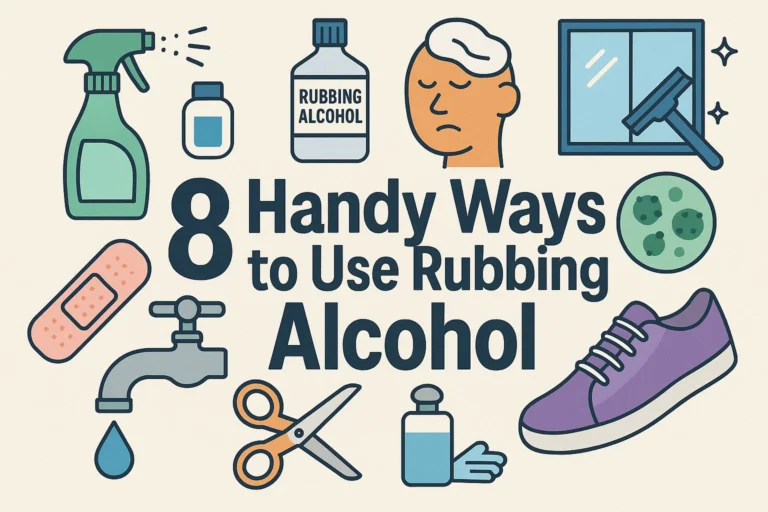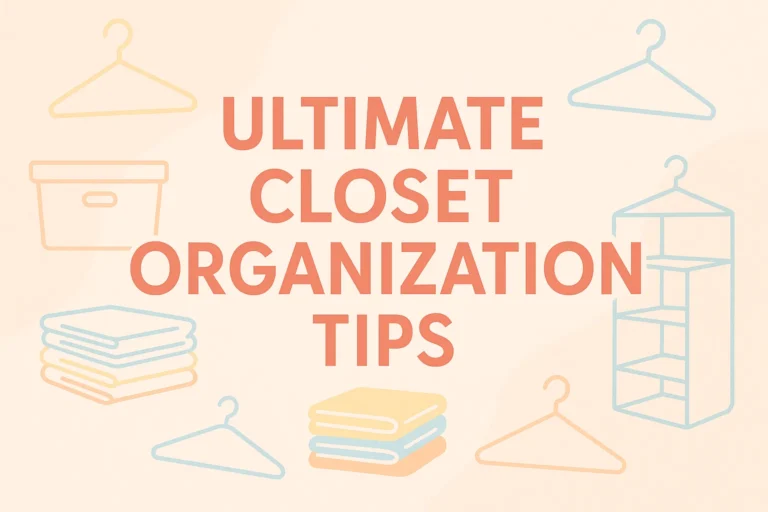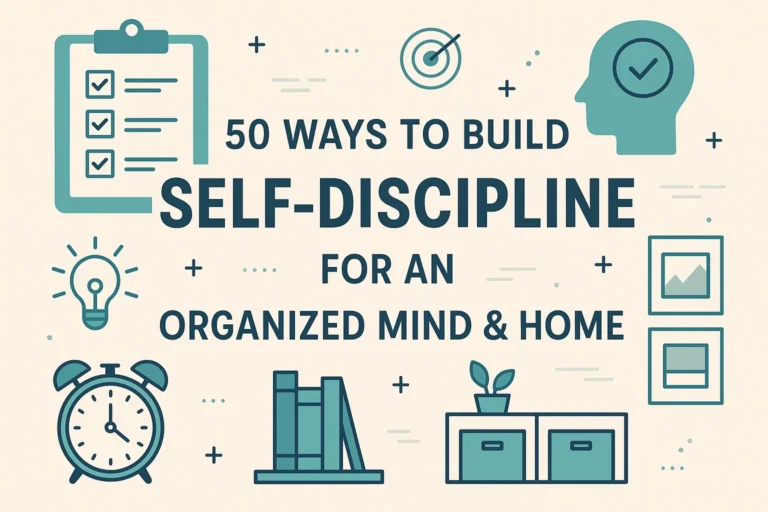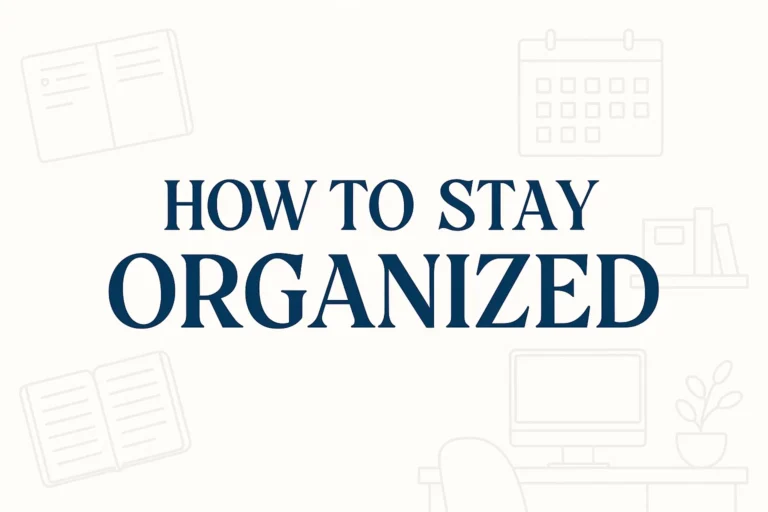Organized Tips to Master Your Productivity Boost Efficiency with Bold Strategies
Alright, let’s get real for a second. How many browser tabs do you have open right now? Be honest. I’m currently rocking a cool 17, and that’s a good day for me. We’re all swimming in a sea of notifications, endless to-do lists, and that nagging feeling that we could be doing… more.
But what if I told you that mastering productivity isn’t about grinding harder or buying a fancy new planner? It’s about working smarter with a few bold, game-changing strategies. I’ve tried every app, hack, and weirdly-named methodology under the sun (Pomodoro, I’m looking at you), and I’ve finally cracked the code on what actually moves the needle.
So, grab your beverage of choice, and let’s chat about how we can actually get a grip on our time and boost our efficiency without losing our minds. Sound good?
Ditch the Myth of Multitasking (Seriously, Stop It)
Let’s start by busting the biggest productivity myth of all: multitasking. We wear our ability to juggle ten things at once like a badge of honor, but IMO, it’s a badge of “I’m about to make a ton of sloppy mistakes and take twice as long to finish anything.”
Your brain isn’t a multicore processor; it’s a spotlight. It can only focus on one thing at a time with any real depth. When you constantly switch tasks—checking email while on a Zoom call while drafting a report—you’re forcing your brain to reset its attention each time. This “context switching” absolutely murders your efficiency.
The Bold Strategy: Monotasking
Instead of trying to do everything at once, commit to doing one thing with intense focus.
* Time Blocking: Schedule specific blocks of time on your calendar for specific tasks. A 90-minute block for deep work on Project X is non-negotiable. Treat it like a meeting with your most important client—you.
* The Phone Jail: During these focus blocks, your phone goes on Do Not Disturb and into another room. Out of sight, out of mind. This one habit alone has probably given me back hours of my week.
Your Brain is for Having Ideas, Not Holding Them
Ever jolt awake at 3 a.m. remembering you have to call the dentist? Or sat down to work only to spend the first 20 minutes trying to remember what you were supposed to do? That’s your brain cluttered with mental junk drawer items.
Your working memory is precious and limited. Trying to remember everything is a massive drain on your cognitive resources that you could be using for, you know, actual thinking.
The Bold Strategy: Implement a Trusted Capture System
You need a single, reliable place to dump every single thought, task, and idea the moment it pops up. This gets it out of your head and into a system you trust, freeing up mental RAM.
* Go Digital: Apps like Todoist or Things are fantastic for this. I use Todoist for everything from “buy milk” to “Q3 strategy idea.”
* Go Analog: If you’re a pen-and-paper person, a Bullet Journal can be your best friend. The key is that you review it and process it regularly.
The goal is brain dump everything so you can focus on the task in front of you.
Tame the Notification Beast
Let’s be honest: most notifications are not urgent. They’re just companies and apps vying for your attention. Every ping, buzz, and pop-up is a tiny interruption that pulls you out of your flow state. It’s like trying to read a book while someone taps you on the shoulder every 30 seconds. How can anyone be expected to get anything done like that?
The Bold Strategy: Schedule Your Reactive Time
Instead of letting interruptions control your day, you get to control them.
* Batch Your Communication: Instead of checking email constantly, schedule 2-3 specific times a day to process your inbox. I do 10 a.m., 1 p.m., and 4 p.m. Outside of those windows, my email app is closed. It’s life-changing.
* Aggressive App Settings: Go into your phone and computer settings and turn off notifications for every app that isn’t mission-critical. Social media? Off. News alerts? Off. That game your cousin convinced you to download? Definitely off.
You wouldn’t let a stranger walk into your office and start shouting at you. Why do you let your phone do it?
The Power of the “Next Action”
Ever look at a task on your list like “Plan Mom’s Birthday” and feel instantly paralyzed? It’s too vague! Your brain doesn’t know where to start, so it chooses the path of least resistance: procrastination.
The Bold Strategy: Break It Down Ruthlessly
The key to tackling big, scary projects is to break them down into tiny, concrete, actionable steps. I’m talking stupidly small.
* Instead of “Plan Mom’s Birthday,” your list should look like:
* Text sister to brainstorm theme ideas.
* Research bakeries and bookmark top 3.
* Call venue to check date availability (Tue 10 a.m.).
* Draft guest list in Google Docs.
See the difference? A clear, physical next action is impossible to ignore. You know exactly what to do next, which eliminates the friction of starting. This is the secret sauce to actually moving projects forward.
Design Your Environment for Success
Your willpower is a finite resource. It’s like a muscle that gets tired throughout the day. If you’re constantly using it to resist distractions or hunt for what you need, you’ll have none left for the important work.
The Bold Strategy: Make Good Choices Easy and Bad Choices Hard
Stop relying on willpower and start designing your surroundings to make productivity automatic.
* The Morning Phone Rule: Don’t check your phone for the first hour of your day. This protects your mindset and priorities before the world’ demands come crashing in. Charge your phone in another room if you have to.
* Pre-prime Your Workspace: At the end of your workday, spend 5 minutes clearing your desk and writing down the first task you’ll tackle tomorrow. Future You will be so grateful.
* Curate Your Focus Fuel: Create a playlist specifically for deep work. Put your water bottle on your desk before you start. Have healthy snacks ready to go. Remove the need to make decisions about these tiny things.
Energy is Everything: You’re Not a Robot
You can have the most perfect system in the world, but if you’re running on empty, it’s useless. Productivity isn’t just about managing time; it’s about managing your energy.
Ever noticed you do your best creative work at 10 a.m., but after lunch you can barely form a sentence? That’s your energy rhythm, and fighting it is a losing battle.
The Bold Strategy: Schedule Tasks Based on Your Energy Levels
* Audit Your Energy: For a week, just notice. When are you most focused and creative? When do you hit a slump?
* Match the Task to the Time: Put your most demanding, brain-intensive work (writing, designing, strategizing) in those high-energy windows. Schedule mundane, low-energy tasks (filing, answering simple emails, admin work) for your slower periods.
Stop trying to write a novel at 4 p.m. when your brain is mush. Respect your natural rhythms, and you’ll get more done in less time. FYI, this was the hardest lesson for my night-owl-self to learn, but it’s so worth it.
The Non-Negotiable Art of the Break
This might sound counterintuitive, but the most productive people take the most breaks. :/ I know, it feels wrong. But working for 8 hours straight is a fast track to burnout and diminishing returns.
The Bold Strategy: Schedule Your Breaks Like You Schedule Your Work
* The Pomodoro Technique (It actually works): Work for 25 minutes, then take a mandatory 5-minute break. After four cycles, take a longer 15-30 minute break. This forces you to rest and prevents fatigue.
* Move Your Body: A break isn’t switching from your laptop to your phone. Get up! Walk around, stretch, look out a window at something more than 20 feet away. Your brain and your eyes will thank you.
Wrapping It Up: Your Productivity, Your Rules
Look, mastering productivity isn’t about becoming a perfectly optimized robot. It’s about creating more space in your life for the things that truly matter—whether that’s your passion projects, your family, or just the freedom to do nothing without guilt.
The goal of all these bold strategies is to build systems that do the heavy lifting for you. You’re creating guardrails that make it easier to stay on track and harder to fall off.
Don’t try to implement all of this at once. That’s a recipe for overwhelm. Pick one strategy that resonated with you. Maybe it’s time blocking your calendar tomorrow morning. Maybe it’s finally turning off those notifications.
Try it for a week. See how it feels. Tweak it to fit your life. This is your journey, and the best system is the one you’ll actually use.
Now, if you’ll excuse me, I have a date with my Todoist list. And then I’m closing all 17 of those browser tabs. Maybe.
